Glacier FarmMedia – LANGHAM, Sask. — Be proactive, be creative and don’t be cheap. That was the takeaway from a panel discussion on managing herbicide resistance at this year’s Ag in Motion farm show. “I think the best management practice that someone could do for weed resistance is the one you’re not currently doing on […] Read more
Tag Archives herbicide resistance

From AIM: How do we keep ahead of herbicide resistance?
Glacier FarmMedia – Be proactive, be creative and don’t be cheap. That was the takeaway from a panel discussion on managing herbicide resistance at this year’s Ag in Motion farm show. “I think the best management practice that someone could do for weed resistance is the one you’re not currently doing on your farm,” said […] Read more

GM acceptance one step in China’s modernization efforts
China is about to start growing genetically modified crops, and that has me wondering what it will mean for its yields, its self-sufficiency, future crop imports and rural culture. China has long accepted imports of genetically modified crops but did not grow them itself except in pilot tests. China did, however, grow GM cotton. That […] Read more
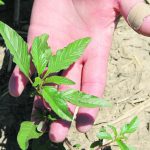
Herbicide tolerant weeds spread up the Red River Valley
North Dakota farmers struggle to manage invasive weeds, and Man. producers have much to learn from their experiences
FARGO, North Dakota — You don’t have to take the dangers of herbicide resistant weeds seriously. Some farmers in North Dakota didn’t, daring to grow soybeans on soybeans three years in a row after resistant waterhemp showed up in their fields. “You can go from a few plants to (having waterhemp) across the field in […] Read more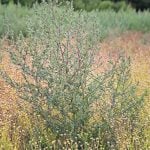
Failed antibiotic repurposed as successful herbicide
With modifications, a molecule initially developed to treat tuberculosis but failed to get beyond the research lab showed an ability to kill two of the most problematic weeds in Australia, annual ryegrass and wild radish, without harming bacterial and human cells.
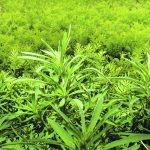
Growers running out of kochia options
Preliminary results from Saskatchewan indicate the weed may now have developed resistance to Group 14 herbicides
Kochia resistant to PPO inhibitors (Group 14) may have surfaced in Saskatchewan. “This is completely preliminary, so, there’s other research that needs to happen to officially confirm PPO inhibitor-resistant kochia in the Prairies, but this isn’t overly surprising to me,” said Charles Geddes, research scientist in weed ecology and cropping systems at Agriculture Canada’s research […] Read more
The future of resistance is unfolding now
Herbicide resistance will require canola growers to use more broadly-based approaches for weed control
Controlling weeds in prairie fields is about to get a whole lot more complicated, according to a weed management specialist with Manitoba Agriculture. In a recent presentation, Kim Brown-Livingston suggested the days of depending solely on chemical herbicides to control weeds is nearing an end. “We’ve had it fairly easy in the last little while,” […] Read more
Herbicide-tolerant camelina now available
Smart Earth Camelina hopes their new herbicide-resistant camelina variety, coupled with an attractive contract, can peel off some farm acres from canola. “We were up at 10,000 (acres) the year prior, then we dropped down to about 3,500 this year, because the commodities were all up,” said Carlene Sarvas, a crop specialist with Smart Earth […] Read more
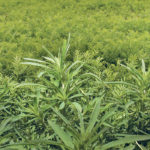
Rapid test available for resistant weeds
Glyphosate-resistant kochia is spreading across southern Manitoba. So this spring more kochia weeds will survive the first herbicide treatment and more growers will want to know: did the sprayer miss this patch of weeds, or are they resistant to glyphosate? A rapid test is now available to answer that question. “I just spent money to […] Read more
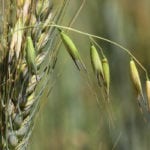
Wild oat resistance persists
Wild and free: that’s beginning to describe wild oats rather well. The “wild” is a given, right in the name, and the “free” is embodied in the weeds’ freedom from in-crop herbicide harm. “We have wild oat seed lots that can have blanket resistance to both Group 1s and Group 2s, meaning they’re resistant to […] Read more




